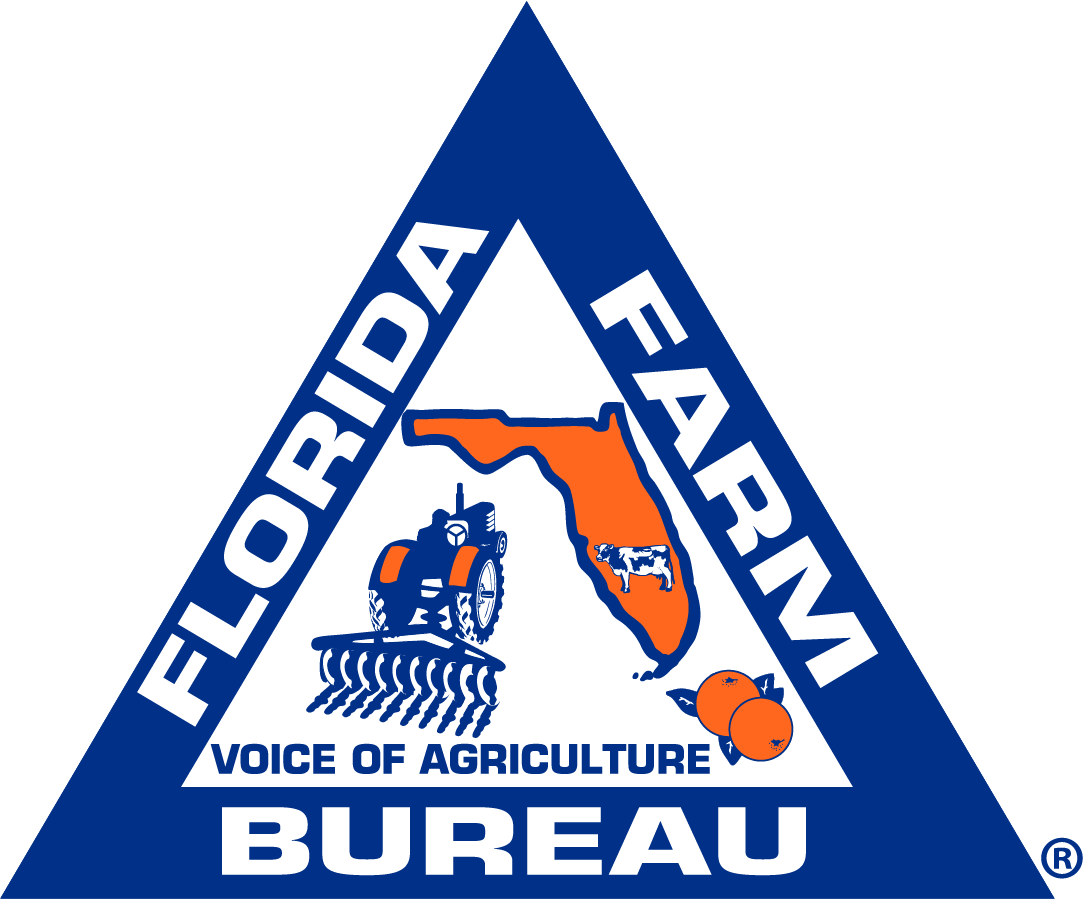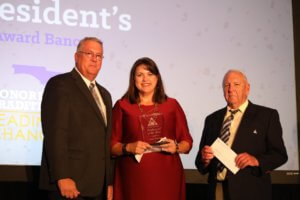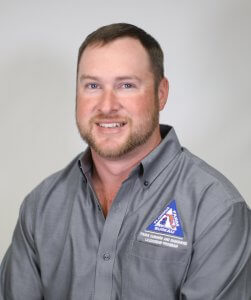
[email protected]
@JackPayneIFAS
It’s often better to retain customers than to find new ones. It’s easier, and it gives you time to better understand what your customers need.
Florida agriculture doesn’t have a bigger international customer than Canada. It buys more from Florida farms than does any other nation by far.
The University of Florida’s Institute of Food and Agricultural Sciences advancement team recognized this relationship in proposing that the annual UF/IFAS-Farm Bureau reception in Washington, D.C., be held at the Embassy of Canada. Florida Farm Bureau leaders recognized it, too, and quickly agreed on the venue.
So many people registered for last month’s Global Partners Reception that we had to work with event planners to move to a bigger function room. The beautiful view and the proximity to the Capitol made it a great location.
U.S. Reps. Ted Yoho and Greg Steube made appearances at the reception. Canada’s ambassador to the United States, David MacNaughton, addressed the group. The Canadian consul general in Miami, Susan Harper, joined us as well, and we hope to have her up to campus in Gainesville soon.
We talk a lot about the breadth of the commodities in Florida agriculture, with somewhere around 300 different crops produced by Farm Bureau members. What we don’t as often highlight is the breadth of the geography of the markets for Florida produce. This reception celebrated the reach of Florida agriculture.
With all the challenges facing Florida farmers, from hurricanes to HLB, the reception was an occasion to celebrate an export market as strong as that to our north. UF/IFAS science helps Florida farmers overcome those challenges, and there’s strong demand for their products in places like Ottawa.
Florida and Canada differ on a few details of what fair trade looks like, but we agree on the big picture of how mutually beneficial trade is. Canada imports $747 million worth of Florida farm products annually, while the most recent yearly statistics indicate Florida imported $663 million in goods from Canadian farms.
Ambassador MacNaughton mentioned another important role Canada plays in Florida agriculture. Canada’s cooler, dryer summers make it a great place to start strawberry plants. Of the approximately 180 million strawberry transplants sent to Florida each year, roughly a third come from Canada.
UF/IFAS creates the varieties, and Florida farmers grow them, but our northern neighbor is essential to filling the orders for Florida farmers to fill their fields each year.
The ambassador’s bigger message was an appreciation for our strong trade relationship. Diplomats and trade officials will work out the complex rules of that trade relationship.
UF/IFAS and the Farm Bureau will work on the benefits of that trade relationship – safe, nutritious, abundant food that retains customers in Canada and Florida.
Jack Payne is the University of Florida’s senior vice president for agriculture and natural resources and leader of the Institute of Food and Agricultural Sciences.


 Adam Cook, YF&R Leadership Class President 2018-2020
Adam Cook, YF&R Leadership Class President 2018-2020 JUDY BRONSON
JUDY BRONSON 
 Cindy Griffin
Cindy Griffin